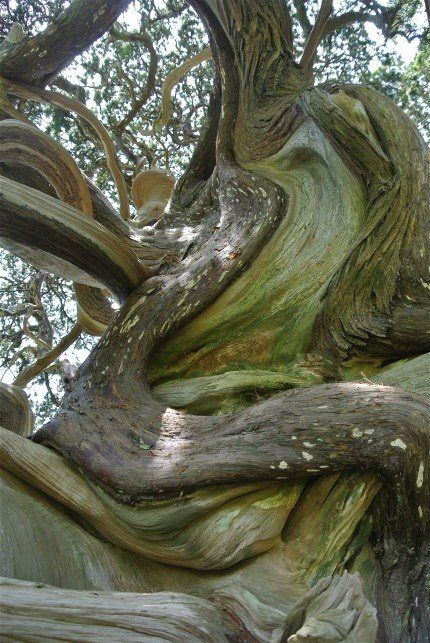Dear Integral Meditators,
What is the relationship between your stress and your compassion? If you brought a bit more mindful compassion to bear upon your stress, what might change? The article below explores these questions. Enjoy!
In the spirit of compassion,
Toby
PS: If you are in Singapore we shall be doing a class on compassion tomorrow, Wednesday evening.
 Breaking the cycle of negative stress with compassion
Breaking the cycle of negative stress with compassion
Compassion happens when caring attention comes together with the awareness of suffering or pain; for example, when we see someone we care about and they are in pain, the empathy that we have for their pain, and the wish we may have to ease or remove their pain is compassion.
The cycle of negative stress
Quite often when we are under stress we withdraw our awareness, care and compassion in an attempt to escape from the discomfort that arises from the stress. This often happens in our relationship to ourself, for example:
When our body is fatigued, instead of extending compassion to our body, we distract our attention from the fatigue of our body in order to try and escape our pain. Unfortunately, by withdrawing our awareness and disconnecting from our body we deny it the opportunity to recover and heal, and we also further deplete our physical energy through the act of distraction (surfing our phone or such like). This in turn makes our body more tired, which in turn gives rise to more fatigue, which in turn accentuates our stress.
When we experience emotional discomfort, instead of extending care and compassion to the feeling, we instead withdraw attention from it or deny, hoping that it will go away. By doing so often we find ourselves wasting energy trying to distract ourselves from the emotion we are feeling, and over time it simply gets worse.
Keeping the door open to compassion, breaking the cycle of negative stress.
In the two examples above we can change our experience of the stress cycle we experience by extending compassion to what we expereince. For example:
- When we feel physical fatigue we can extend awareness to the tiredness in our body, giving it compassion and care. We can learn that by doing so we can release some of the fatigue and invite fresh energy into that area of the body, breaking the cycle of negative stress.
- When we experience uncomfortable emotions, instead of running away from them we can extend awareness, care and compassion to them. By doing so we can start to look after them properly, experiencing them mindfully, and allowing them to be released. In this way we can disrupt our cycle of habitual negative emotional stress, and emerge into a new space of greater emotional intelligence and resilience.
Practice: Keeping the door of compassion open
Whenever you notice a tendency or impulse to withdraw attention from yourself or others due to stress or pain, see of you can keep the door to compassion open in your mind and body, even if it is only just a little. Observe how this starts to change your relationship to stress and disrupt the negative cycles of physical and psychological tension that you habitually become trapped in.
© Toby Ouvry 2017, you are welcome to use or share this article, but please cite Toby as the source and include reference to his website www.tobyouvry.com
Upcoming Courses at Integral Meditation Asia
Ongoing on Wednesday’s, 7.30-8.30pm – Wednesday Meditation Classes at Basic Essence with Toby
Ongoing on Tuesday evenings from November, 7.30-8.30pm – Tuesday Meditation Classes at One Heart with Toby (East coast)
Tuesday 7th February & Wednesday 8th February – Lunar new year meditation 2017: Tapping into the confidence, motivation & honesty of the Rooster
Friday 24th February, 7.30pm – TGIF meditation & meal: Nourish your body mind & soul at Oneheart!
Saturday 25th February, 10am-5pm – An Introduction to Meditation from the Perspective of Shamanism
Saturday 4th March, 10am-5pm – Meditation from the Perspective of Shamanism Level 2 – Deeper into the Shamanic journey
Integral Meditation Asia
Online Courses * 1:1 Coaching * Books * Live Workshops * Corporate Mindfulness Training *Life-Coaching * Meditation Technology







